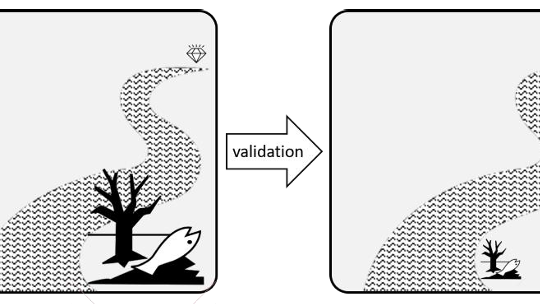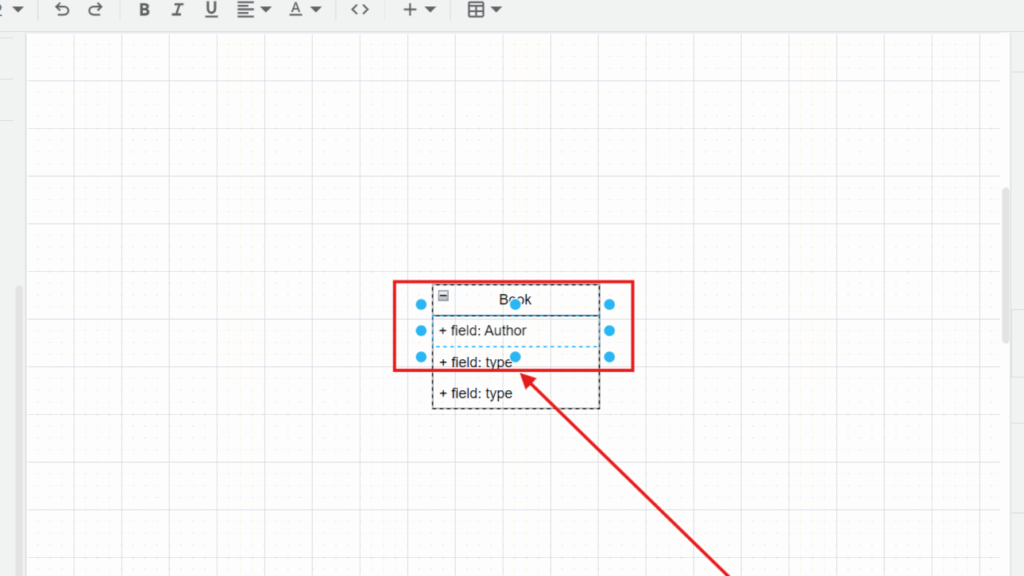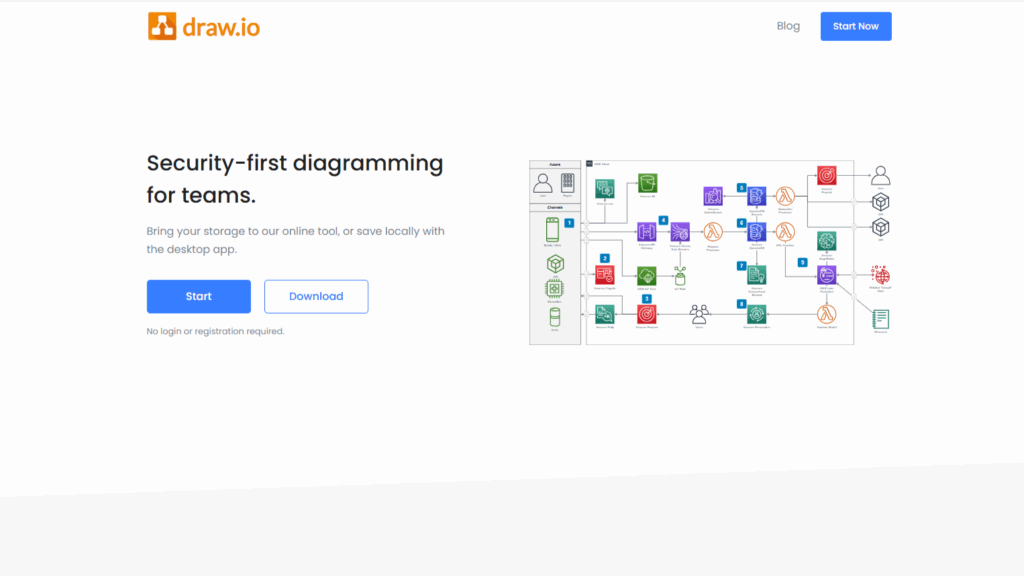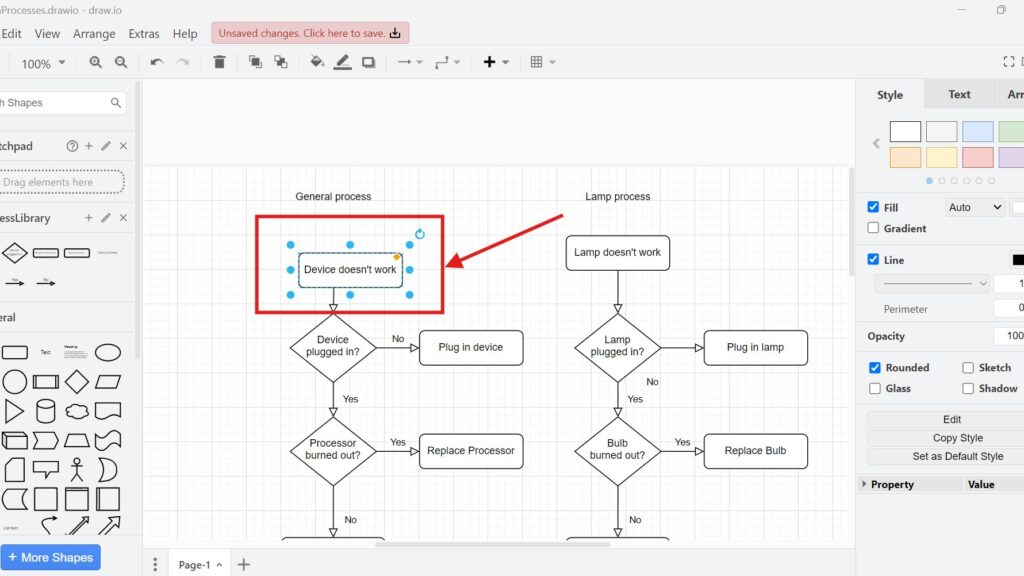The Difference Between Requirements Verification and Validation
When building a system, we must ensure it works exactly as intended. But how can we be confident about that? This is where requirements verification and validation come into play. Although they may sound similar, each serves a distinct purpose. Verification checks if we built the system right, while validation ensures we built the right system. Understanding their differences helps reduce costly errors, save time, and deliver products that meet real user expectations.
The Difference Between Requirements Verification and Validation Read More »


















